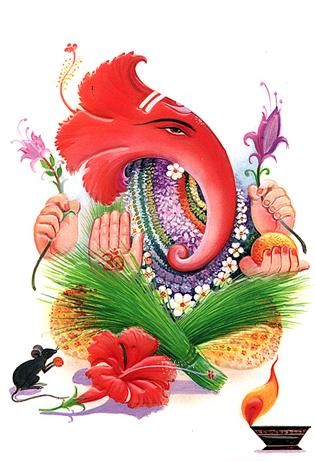Proof to claim classical status for Telugu
The ఆంద్రు (andru) in Andhra had Dravidian roots, says expert
Definite link between ancient Andhra and Harappa civilizations
Dravidian roots quite visible in the Indus Valley script, says Mahadevan
HYDERABAD: The AP Official Languages Commission has cited yet another evidence to claim classical language status for Telugu.
This is a recent observation by Iravatham Mahadevan, an authority on Indus Valley civilization, that there was a definite link between ancient Andhra and Harappa civilizations.
Mr. Mahadevan, a retired IAS officer, presented a paper on “Dravidian roots in Indus Civilization” at a conference held recently at Kuppam in connection with the 10th convocation of Dravidian University. He reasoned that the “andru” in Andhra sound, had Dravidian roots.
According to press note issued by the commission here on Thursday, he contended that though the Indus Valley script had not been fully deciphered in spite of continuous research, Dravidian roots were quite visible in the Indus Valley script. The conference was chaired by the university Vice-Chancellor G. Lakshminarayana and attended by the commission chairman A. B. K. Prasad.
Mr. Mahadevan said there was tremendous influence of Dravidian roots on all Indo-Aryan languages, especially those spoken in northern India. He demonstrated 400 to 450 symbols of Indus Valley script found on jars, terracotta and arrows etc. He said the word “ambu” carried the same meaning (arrow) in Telugu, Kannada and Tamil.
Serving as base
He concluded that the Dravidian languages served Indus Valley language as the base.
Courtesy: The Hindu
This is a recent observation by Iravatham Mahadevan, an authority on Indus Valley civilization, that there was a definite link between ancient Andhra and Harappa civilizations.
Mr. Mahadevan, a retired IAS officer, presented a paper on “Dravidian roots in Indus Civilization” at a conference held recently at Kuppam in connection with the 10th convocation of Dravidian University. He reasoned that the “andru” in Andhra sound, had Dravidian roots.
According to press note issued by the commission here on Thursday, he contended that though the Indus Valley script had not been fully deciphered in spite of continuous research, Dravidian roots were quite visible in the Indus Valley script. The conference was chaired by the university Vice-Chancellor G. Lakshminarayana and attended by the commission chairman A. B. K. Prasad.
Mr. Mahadevan said there was tremendous influence of Dravidian roots on all Indo-Aryan languages, especially those spoken in northern India. He demonstrated 400 to 450 symbols of Indus Valley script found on jars, terracotta and arrows etc. He said the word “ambu” carried the same meaning (arrow) in Telugu, Kannada and Tamil.
Serving as base
He concluded that the Dravidian languages served Indus Valley language as the base.
Courtesy: The Hindu
Labels: tcld2006



0 Comments:
Post a Comment
<< Home